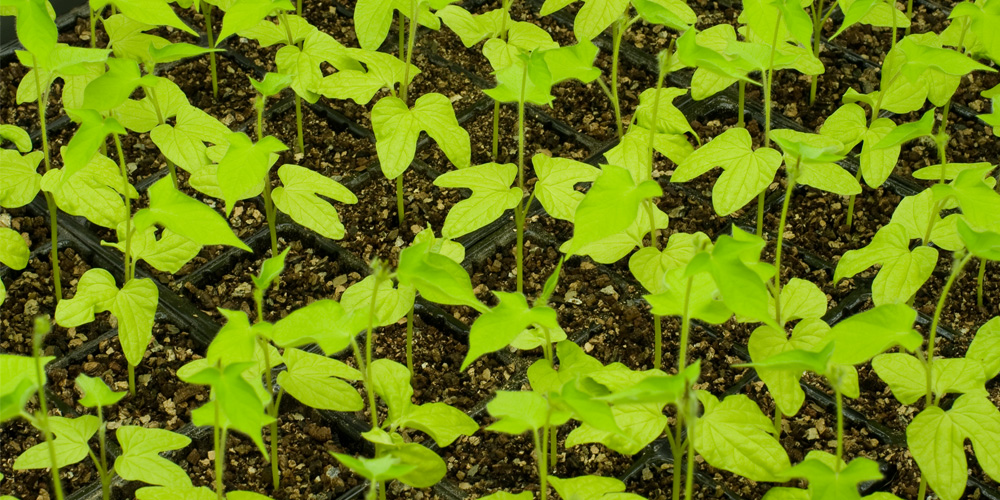|
Program |
|
M. Kuwahara (Director-General of NIBB) : Opening Remarks |
|
|
|
|
1. |
P. Guerrier (Station Biologique, Roscoff) : Control of meiosis reinitiation in amphibians (new data and questions). |
|
2. |
G. Young (NIBB) : Some aspects of steroidogenesis in the ovarian follicle of amago salmon. |
|
3. |
T. Schroeder (Friday Harbor Lab., Univ. of Washington) : The pathway and receptors for 1-methyladenine : evidence from an actin-mediated surface change in starfish oocytes. |
|
4. |
T. Kishimoto (NIBB), M. Doree (Station Biologique, Roscoff) & H. Kanatani (NIBB): Maturation-promoting factor in starfish oocyte. |
|
5. |
K. Sano (NIBB) : Effect of protease inhibitors on starfish oocyte maturation. |
|
6. |
K. Dan (Biol. Dept., Tokyo Metropolitan Univ. and NIBB) : Unequal cleavage in molluscs : Spisula solidissima. |
|
7. |
Y. Watanabe (Inst. of Biol. Sciences, Univ. of Tsukuba) : Studies on cell division in Tetrahymena. |
|
8. |
K. Nishikawa (Dept. of Biochemistry, Kanazawa Med. Univ.) :Two different growth factors produced by tumor cells. |
|
9. |
I. Yahara (Tokyo Metropolitan Inst. of Med. Science) : Comparison between 24 different cytochalasins; their effects on cellular structures, cellular events and actin polymerization. |
|
10. |
T. Kato & H. Sato (Sugashima Marine Biol. Lab., Nagoya Univ.) : Reaction of cytoplasmic microtubules and dynein of sea urchin spermatozoa. |
|
11. |
Y. Hamaguchi (Biol. Lab., Tokyo Inst. of Technology) & F. Iwasa (Dept. of Biol., Univ. of Tokyo) : Localisation of fluorescently labeled calmodulin in living sea urchin eggs during early development. |
|
12. |
F. Iwasa & H. Mohri (Dept. of Biol., College of Gen. Education, Univ. of Tokyo) : Calmodulin-binding proteins in sea urchin egg. |
|
13. |
D. A. Begg (Dept. of Anatomy, Harvard Medical School) : Organization of actin in the sea urchin egg cortex. |
|
14. |
T. Schroeder (Friday Harbor Lab., Univ. of Washington) : The origin of cleavage forces in dividing eggs. |
|
15. |
Y. Shoji & Y. Hiramoto (Biol. Lab., Tokyo Inst. of Technology) : Localization of the motive force of anaphase chromosome movement in sea urchin eggs. |
|
16. |
K. lzutsu (Dept. of Pathology, Faculty of Medicine, Mie Univ.) : The role of spindle microtubules in chromosome movements. |
|
17. |
M. Morisawa (Ocean Res. Inst., Univ. of Tokyo) & A. Steinhardt (Univ. of California Berkeley): Changes in intracellular pH of Physarum plasmodium during cell cycle. |
|
18. |
A. Nagatani & M. Furuya (Dept. of Botany, Univ. of Tokyo) : Protein synthesis during the progression of cell cycle. |
|
19. |
I. Yahara (Tokyo Metropolitan Inst. of Med. Science) : The cell cycle-dependent change of microtubule organization of lymphoma cells. |
|
20. |
K. Yamamoto (Isotope Center, Nagoya Univ.), K. Yamazaki & Y. Kato (Mitsubishi-Kasei Inst. of Llfe Science) : Analysis of the cell cycle and condensation of chromatin during the early development of a newt embryo. |
|
21. |
M. Yamada (Dept. of Physiol. Chem., Faculty of Pharmaceutical Science., Univ. of Tokyo) : Progession of mammalian cell cycle with a special reference to Hl histone phosphorylation. |
|
|
|
|
K. Dan (Vice-Chairman of NIBB Council) : Closing Remarks. |




